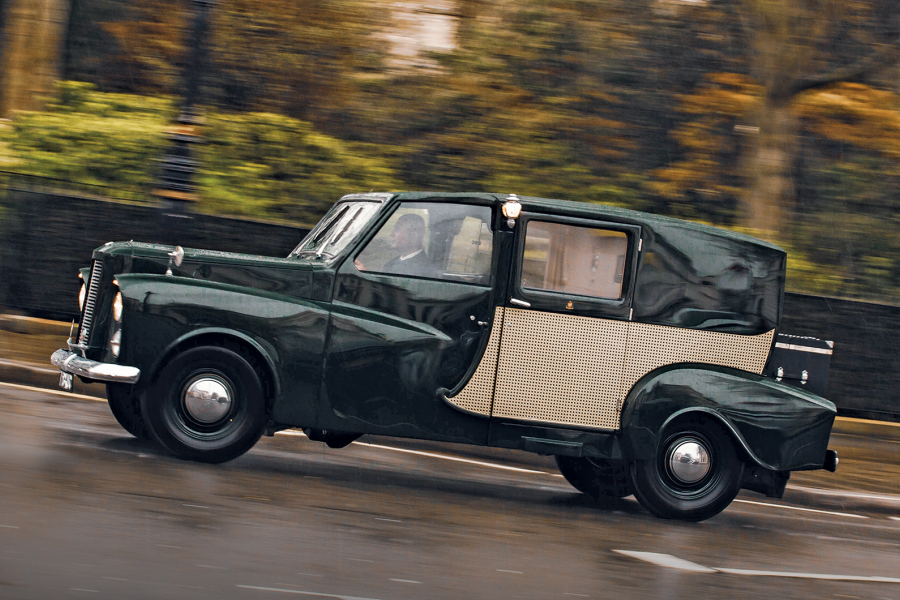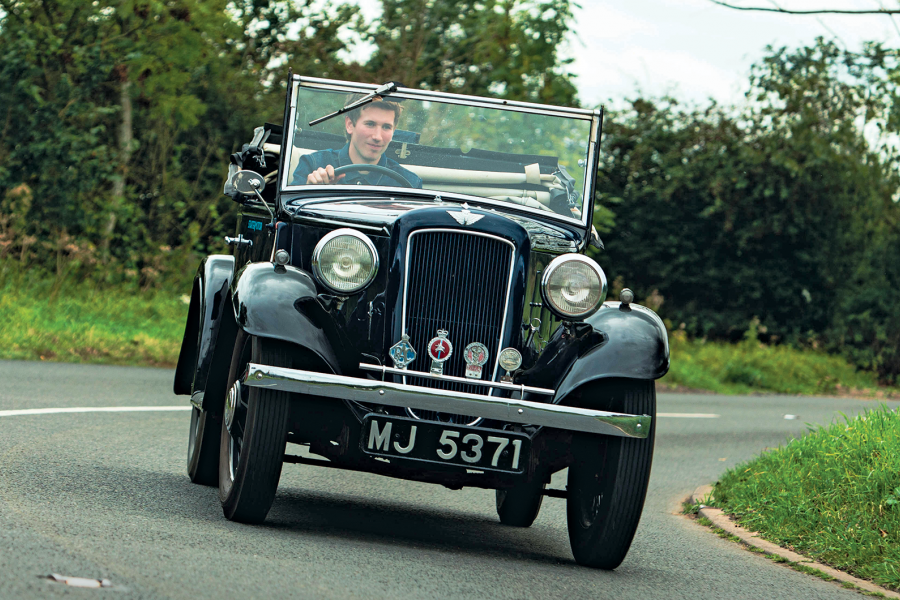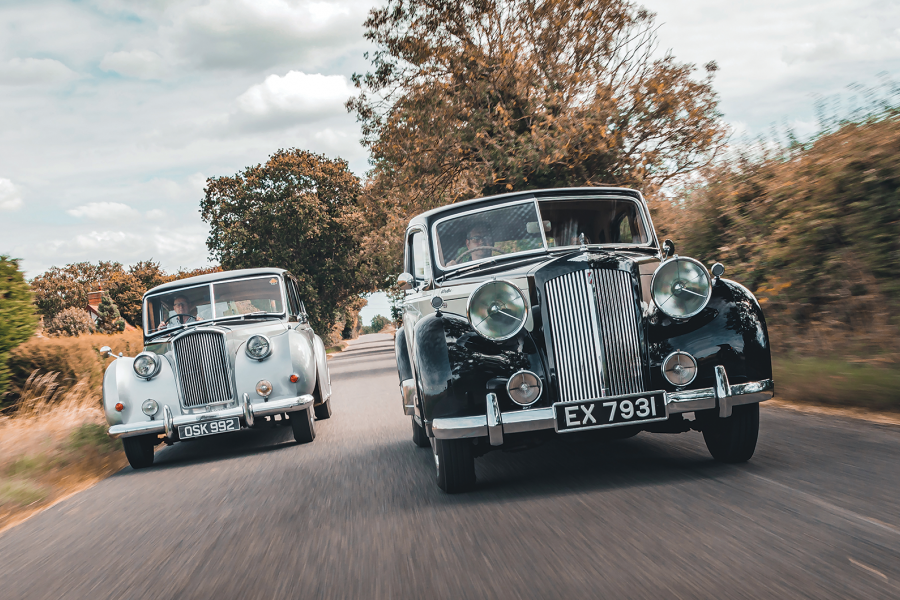
John Lennon’s most famous car-related incident happened in 1969, when he crashed on holiday in Scotland. John, his wife Yoko and Yoko’s daughter Kyoko all needed stitches.
What were they in? An Austin Maxi, of all things.
Unlike John Lennon, I’ve had almost nothing to do with Austin Maxis.
To have owned something so geeky as a young driver would have been to commit social suicide, although there were still plenty about in the early ’80s: in fact, BL had then only recently finished production of the short-lived ‘Maxi 2’, by which time it had evolved into a reasonable car.

The capacious Austin Maxi was ahead of its time
As the first misstep in the Leyland tragedy, the shortcomings of the Maxi are well documented.
In original, 1968 1500cc form it got an early bad name for its terrible cable gearchange (this despite claims it was the most extensively tested new car ever), while its bleakly austere styling was deeply compromised by the decision to use the Austin/Morris 1800's doors.











